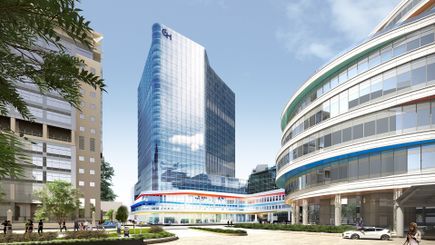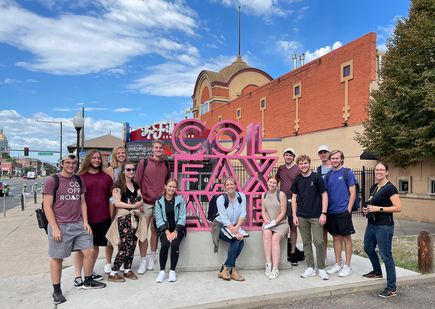Ballinger Applies 3D Printing Technology as a Hands-On Tool for Streamlining Healthcare Design
Share

Three-dimensional printing capabilities are becoming a fixture in Ballinger’s healthcare planning and design process. In an effort to provide clients with the most effective means to collaborate and assess options, Ballinger’s design team employed 3D printed model pieces to design 28 procedure rooms in collaboration with NewYork-Presbyterian (NYP). The model pieces were used in interdisciplinary role playing workshops with users during Schematic Design and Design Development.

At the 2016 Healthcare Design Expo + Conference in Houston, (left to right) Erin N. Cooper, AIA, ACHA, LEED AP, Principal, Ballinger, Louis Meilink, Jr. FAIA, FACHA, ACHE, Senior Principal, Ballinger, Ellie Dalton, VP, Facilities Strategic Planning, NewYork-Presbyterian, and Dwight Smith AIA, NCARB, EDAC, Senior Associate, Ballinger presented on the topic.
An abbreviated PDF version of the presentation entitled “How NewYork-Presbyterian Employed 3D Printing to Revamp the Planning Process” can be found here.
Rather than using 3D print technology for massing models or façade explorations, the Ballinger team took 3D printing to a new level, creating printed pieces of all the equipment in the procedure rooms; from surgical tables and anesthesia carts to fixed imaging equipment and waste bins. Over 250 moveable 3D printed pieces were made to cover 22 procedure case types.

In the user group workshops, the presence of model pieces generated excitement and cultivated a heightened level of focus and engagement – as well as fun – amongst the participants. A key advantage of this process was the ability to try various layouts quickly and efficiently, eliminating scenarios that did not work, and honing in on the details of the most promising scenarios. As a result of these sessions, room layouts were solidified early in the design process and a template design was developed for Ambulatory Surgery, Interventional Radiology, and Endoscopy procedure rooms. In a bold move, Interventional Radiology and Endoscopy were designed to be OR-like, including applying clean flow, while improving operational and space efficiency.

Building on the success of the planning process for the NYP Ambulatory Care Center, Ballinger has continued to invest in 3D printing technologies and has applied this strategy on several other projects.



